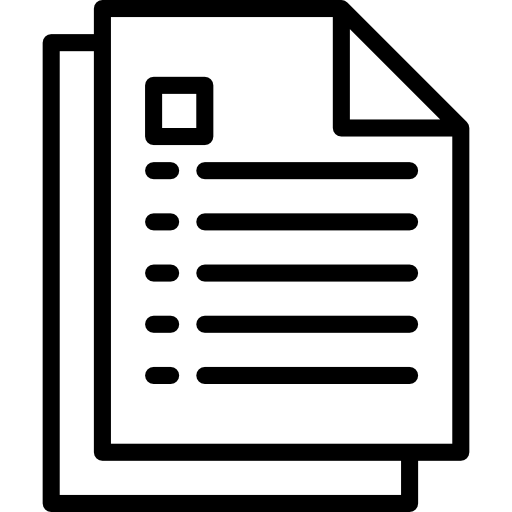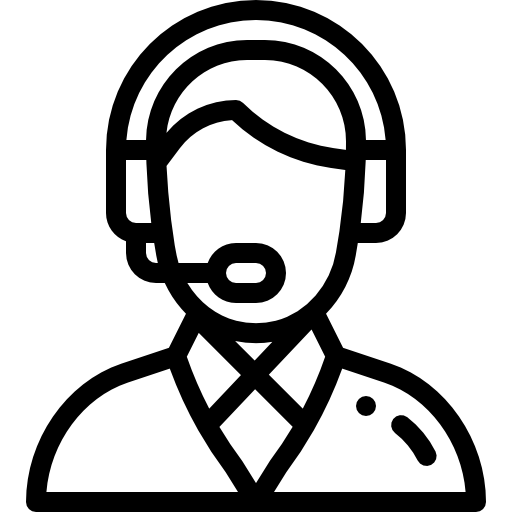Get True (verb)
/ɡɛt troo/
To ensure that a structure, surface, or element is perfectly level, plumb, and square, aligning with precision and accuracy. Example: "We need to get this frame true before securing it in place."
Specializing in
Under Belly
Floor Systems
From the 70-90's Mobile home, to newer Modular homes, we have the knowledge and experience to get your crawlspace sitting true.
Understanding the Floor System in Mobile and Modular Homes
Introduction
The floor system in a mobile or modular home is a critical component that impacts the home’s structure, heating, plumbing, and overall comfort. Unlike traditional stick-built homes with basements, mobile homes have a unique floor system that includes floor joists, heating trunk and ducting, sewer and water lines, belly insulation, and the belly membrane.
Proper maintenance and regular inspections of these components are crucial in preventing costly repairs and ensuring a long-lasting, energy-efficient home. In this article, we’ll explore each component of the floor system, common issues that arise, and best practices for maintenance.

How it Works
Components of the Floor System

Floor Joists
The floor joists form the primary structure of the home’s flooring, supporting the subfloor and distributing the weight of the home evenly. These joists are attached to the beams of the home and must remain stable and level to ensure the integrity of the entire structure.

Heating Trunk and Ducting
The heating system in mobile homes is integrated within the floor system. The heating trunk runs through the belly insulation, distributing warm air through ducts to different parts of the home.
• This setup ensures that heat is not only delivered to the rooms above but also keeps the plumbing warm, preventing pipes from freezing.
• Any gaps or blockages in the ducting can result in poor heating efficiency and cold spots in the home.

Sewer and Water Lines
• Sewer drains are attached to the floor joists and must maintain a proper slope (grade) for effective drainage.
• Water supply lines also run within the floor system and require adequate insulation to prevent freezing.
• If the home becomes unlevel, the drainage slope can be affected, leading to backups and slow drainage.

Belly Insulation and Membrane
The belly insulation serves multiple functions:
• Protects plumbing and ductwork by maintaining a warm environment.
• Acts as a vapor barrier, preventing moisture intrusion.
• Keeps rodents and pests out when properly sealed.
• Common terms include Belly Bag, Underbelly, and Belly Wrap.

Penetrations in the Belly Membrane
The belly membrane will have small penetrations for:
• Gas lines
• Electrical wiring
• Water and sewer lines
• Heating ducts
If these openings are not properly sealed, they can allow cold air, moisture, and pests into the system, leading to costly damage.
Signs of Floor Systems Issues
Identifying floor system problems early can prevent costly repairs. Here are some common warning signs:
Soft spots or sagging floors – Indicate possible water damage.
Frozen pipes in winter – May result from insulation issues or gaps in the belly wrap.
Sewer backups or slow drainage – Can signal that the home is unlevel.
Squeaky Floors – Can signal that the home is unlevel.
Rodent infestations – Often a sign of holes in the belly membrane allowing entry.
Importance of Regular Maintenance

Preventing Water Damage
Leaks from plumbing components can severely damage insulation and flooring.
• Toilet wax rings and hot water tanks are common sources of leaks.
• If leaks occur, the belly insulation can become soiled or contaminated. If the leak is just water, drying the insulation may be possible, but in the case of sewer leaks, full replacement is often necessary.

Protecting Against Rodents and Pests
The belly membrane acts as a barrier against pests. However, rodents will seek out openings in the insulation for warmth and nesting material.
• Ensuring proper skirting prevents entry.
• Pests can chew through the insulation, exposing pipes to cold temperatures and causing further damage

Keeping the Home Level for Proper Drainage
• The sewer pipes rely on gravity for proper drainage.
• If the home is not level, pipes may not drain properly, leading to backups and slow draining sinks and toilets.
• Regular home leveling ensures the correct slope is maintained in the plumbing.
Avoiding Over-Insulation Mistakes
• The air gap is a crucial feature of the belly insulation system.
• This gap allows heat from the ducting system to warm the water and sewer pipes.
• A common mistake during floor repairs is over-insulating, which can block heat from reaching the plumbing and lead to frozen pipes.
Properly Sealing the Belly Membrane After Repairs
• After a leak or repair, it is crucial to reseal the belly membrane properly.
• Leaving it open exposes the system to cold air and potential pest infestations, which can lead to localized freeze-ups and increased heating costs.
By maintaining a well-sealed, properly insulated, and level floor system, you can protect your investment and avoid costly repairs down the road.
How Often Should You Check Your Floor System?
Annually: Perform a thorough inspection of the belly insulation, ducting, and plumbing lines to check for leaks, sagging insulation, or pest damage.
Seasonally: Before winter and after spring thaw, check for any shifting in the home’s level that could affect drainage and heating efficiency.
If You Notice Signs of Damage: Soft spots in the floor, sewer backups, poor heating performance, or rodent activity should prompt an immediate check.
Benefits of a Well-Maintained Floor System
Prevents Frozen Pipes – Proper insulation and air gaps ensure that plumbing remains warm, reducing the risk of costly pipe bursts.
Improves Energy Efficiency – A well-sealed belly prevents heat loss, reducing heating costs in winter
Enhances Structural Integrity – A level home with solid floor joists avoids sagging, soft spots, and structural issues.
Extends Lifespan of Heating & Plumbing Systems – Preventative maintenance reduces wear and tear on essential components.
Does Your Floor System Require Attention? Get a Free Estimate Today!
If you’re experiencing any of the above issues, or if you want to prevent costly damage before it occurs, Get True is here to help. Our expert team specializes in mobile home floor system repairs and maintenance, ensuring your home stays warm, level, and protected.
• Restore Functionality– Professionally inspect and repair your crawlspace.
• Prevent Future Issues– Address issues before they becomes a costly repair.
• Fast & Reliable Service– Local expertise with long-term results.
98 %
Satisfied
Customers
1,000+
Projects
Completed
10+
Experience
